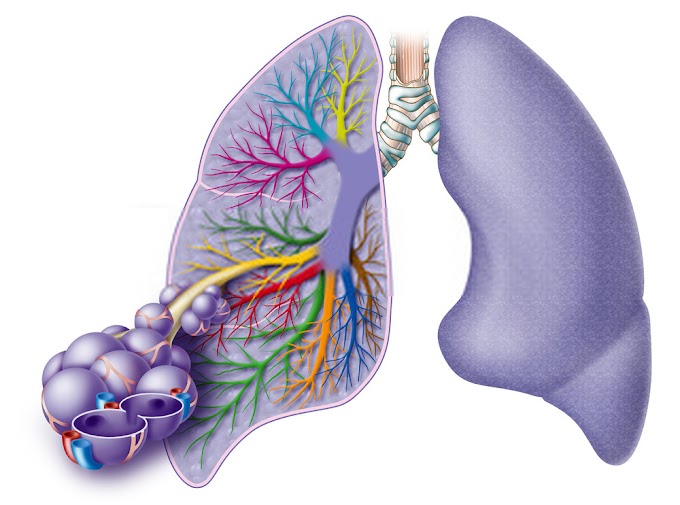Introduction: The New Frontier of Nanotechnology
Nanotechnology is a field that manipulates matter at the atomic and molecular scale to create new structures, devices, and systems. Within this realm, nanomedicine and nanoscience stand out as revolutionary approaches to solving some of the most complex challenges in medicine and industry. "The Power of Particles" (PoP) offers a comprehensive look into these groundbreaking advancements, providing a valuable resource for scientists, researchers, and students alike.
Understanding Nanomedicine and Nanoscience
What is Nanomedicine?
Nanomedicine applies the principles of nanotechnology to the prevention and treatment of diseases in the human body. This involves the use of nanoparticles in mRNA to improve drug delivery, enhance imaging techniques, and even directly interact with cellular and molecular targets.
Exploring the Core of Nanoscience
Nanoscience is the study of phenomena and manipulation of materials at atomic, molecular, and macromolecular scales, where properties differ significantly from those at a larger scale. It provides the foundation upon which nanomedicine builds to innovate and improve medical treatments and diagnostics.
The Role of CSL Vifor in Nanomedicine Education
CSL Vifor's initiative, The Power of Particles, reflects a commitment to advancing education in nanomedicine and nanoscience. By funding and organizing this platform, CSL Vifor fosters a non-promotional, purely scientific exploration into these fields, guided by distinguished faculty members.
Monthly Updates and Resources
Every month, PoP offers new videos, articles, and learning resources, each curated to illuminate aspects of nanomedicine and nanoscience. These resources aim to guide learners through the complexities of the field and inspire new ideas and applications.
Case Studies in Nanomedicine
Enhancing Drug Delivery Systems
One of the most significant contributions of nanomedicine is in the optimization of drug delivery. Nanoparticles can be designed to deliver drugs more efficiently, targeting disease sites directly thereby minimizing side effects and improving efficacy.
Revolutionizing Diagnostic Techniques
Nanotechnology has also transformed diagnostic methods. For example, quantum dots and other nanoparticles improve imaging techniques, making them more precise and less invasive.
The Impact of Nanotechnology on Healthcare
Nanotechnology offers transformative potential in healthcare, from personalized medicine to advanced therapies for complex diseases like cancer and Alzheimer's disease.
Ethical Considerations in Nanomedicine
With great power comes great responsibility. As we delve deeper into the microscopic world, ethical considerations in researching and applying nanotechnology in dermatology remain paramount.
Future Prospects and Innovations
Looking ahead, nanomedicine promises to not only enhance current treatments but also to create entirely new modalities for confronting medical challenges.
Engaging the Academic and Scientific Communities
PoP's role extends beyond education; it also serves as a platform for dialogue and collaboration among professionals in the field. Through forums and discussions, it encourages the exchange of ideas and fosters a community of innovation.
The Power of Particles: A Leader in Nanoscience Education
By providing high-quality, meticulously researched content, PoP establishes itself as a leader in the educational landscape of nanoscience and nanomedicine. Its resources are invaluable for anyone looking to expand their knowledge or enter the field.
Frequently Asked Questions About Nanomedicine and Nanoscience
What are the main applications of nanomedicine?
Nanomedicine is used primarily for targeted drug delivery, diagnostics, regenerative medicine, and gene therapy. Its ability to deliver treatment directly to disease sites makes it especially useful in cancer therapy.
How does nanotechnology improve drug delivery?
Nanotechnology allows for precise drug delivery, which increases the effectiveness and efficiency of treatments. It helps in controlled release of drugs and targets specific areas within the body, minimizing side effects.
What are the ethical considerations in the use of nanotechnology in medicine?
Ethical issues include patient safety, privacy, informed consent, and equitable access to advanced treatments. There are also concerns about the long-term environmental and health impacts of nanoparticles.
Can nanomedicine be used to treat all types of diseases?
Nanomedicine is particularly effective in treating diseases with clear molecular targets such as cancers and cardiovascular diseases. However, its effectiveness in treating complex diseases like Alzheimer's remains under investigation.
How can students and professionals get involved with The Power of Particles?
Students and professionals can engage with The Power of Particles by accessing its educational resources, participating in webinars, and contributing to discussions and content submissions on the platform.
Conclusion: A Look to the Future
The journey into the infinitesimal world of nanomedicine and nanoscience is just beginning. With each particle, we uncover new possibilities and further our potential to make significant impacts in the world of science and medicine. The Power of Particles stands at the forefront of this exploration, ready to guide the next generation of scientists into the exciting future.






0 Comments